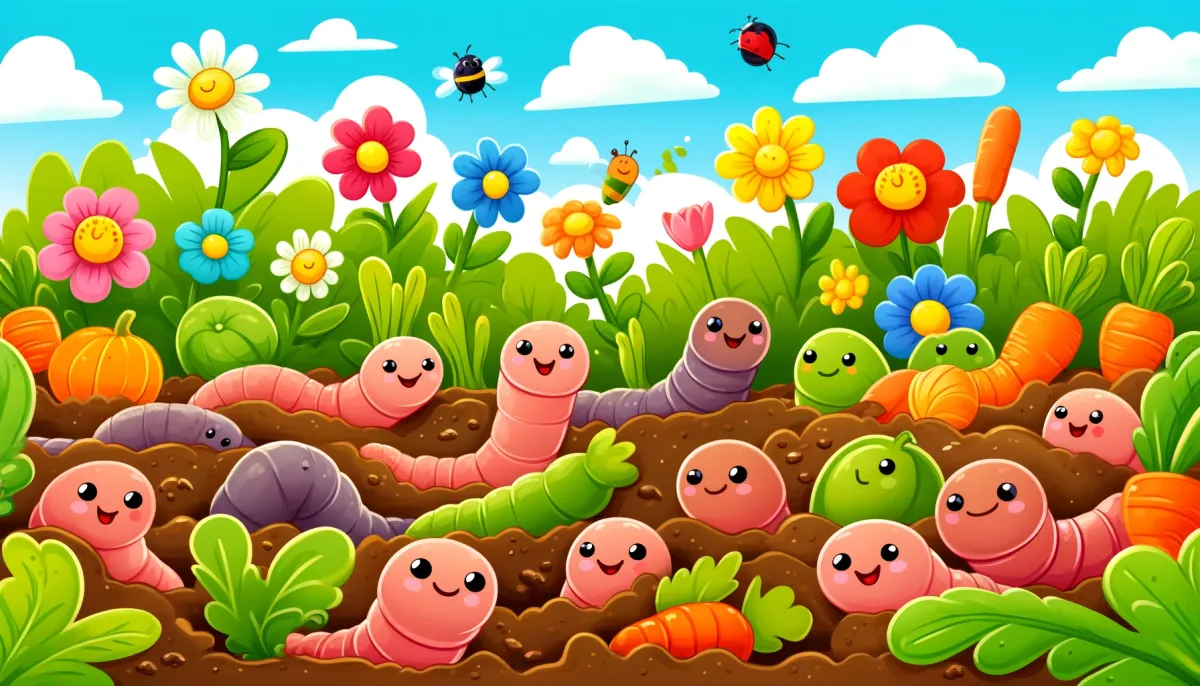
Grades:
9th Grade, 10th Grade, 11th Grade, 12th Grade
This is a high school level project that covers food webs, nutrition cycling, and human intervention in ecosystems. This gives students a hands-on, real-world look at a water system in their backyard.


